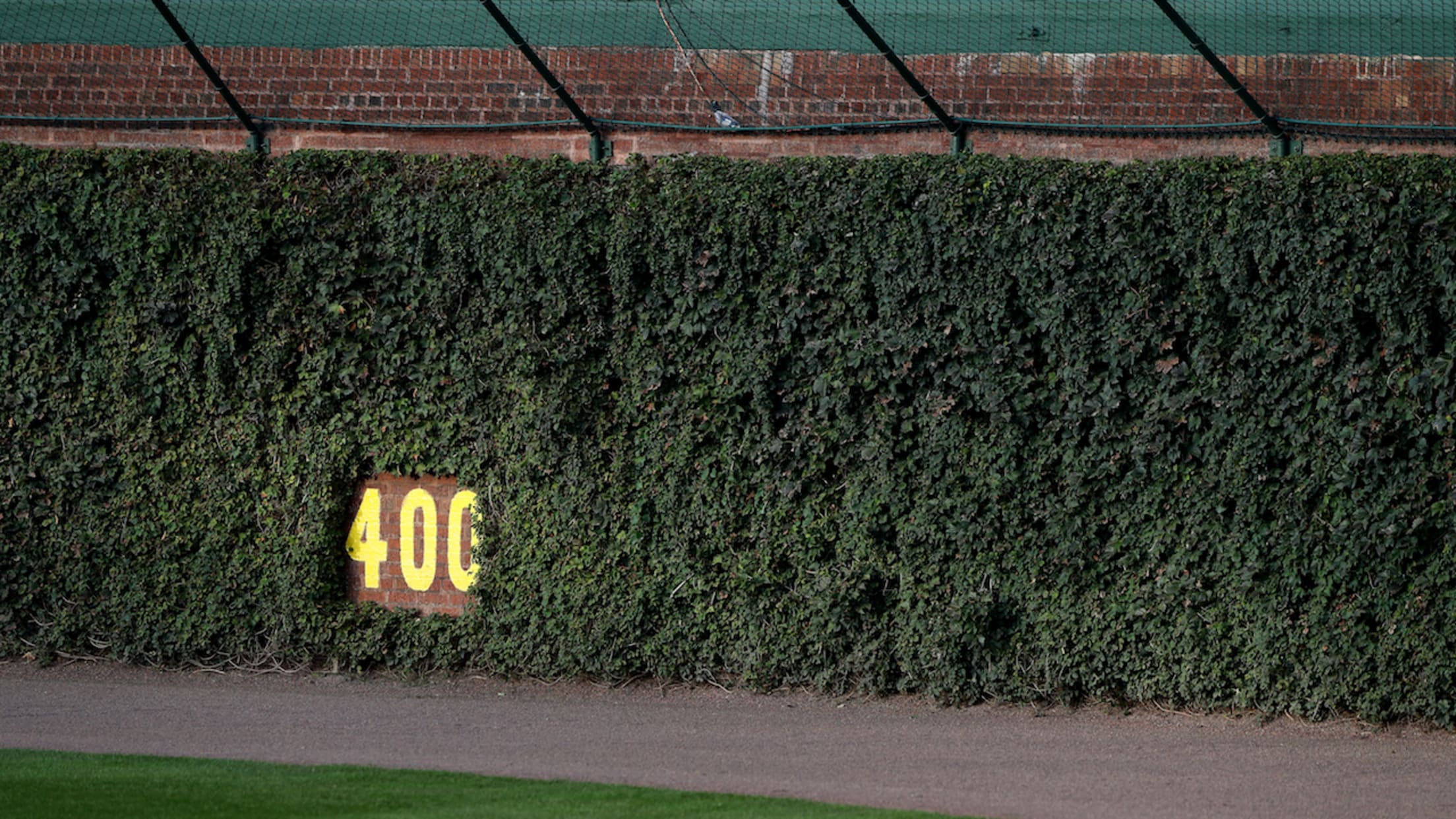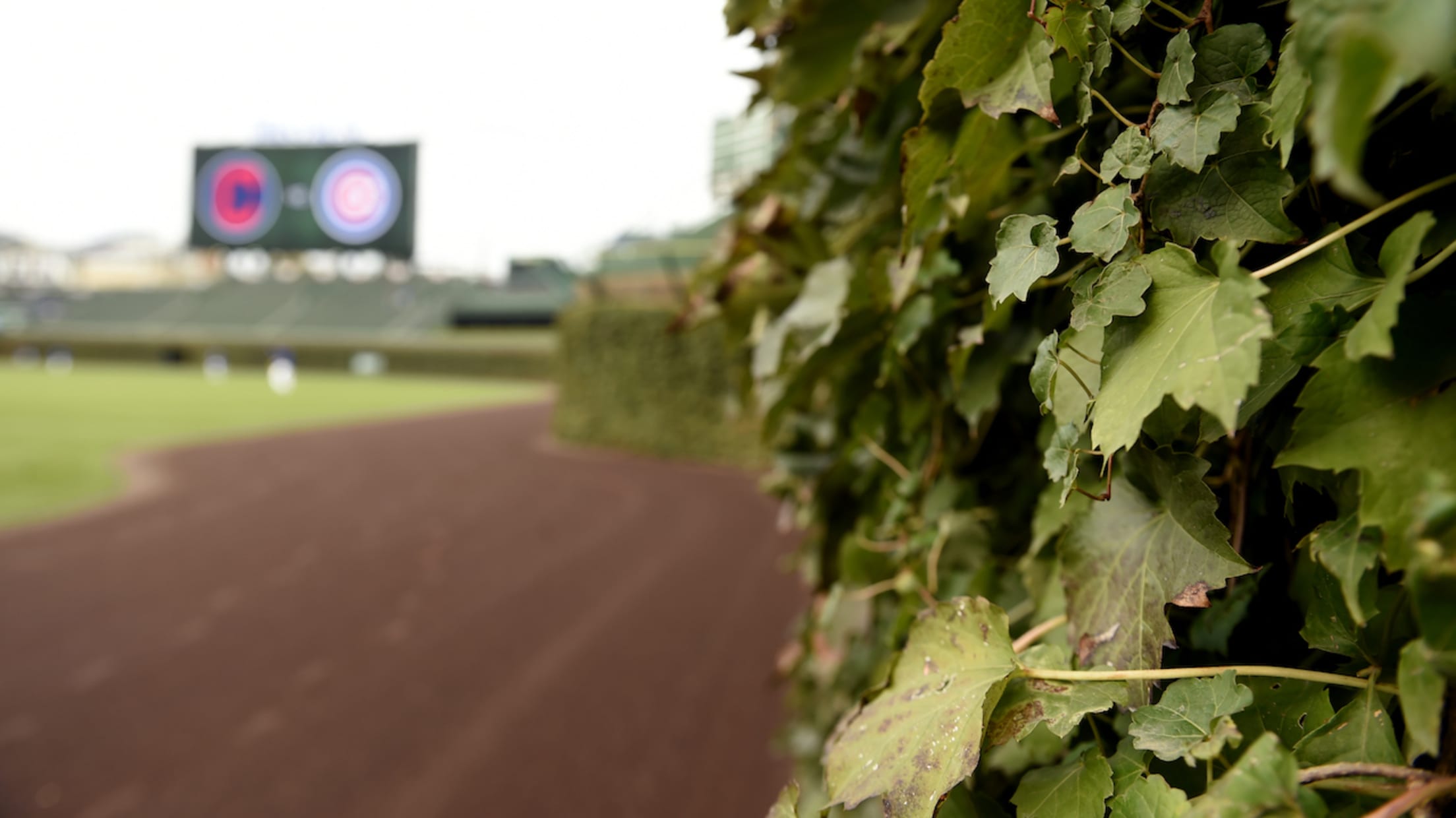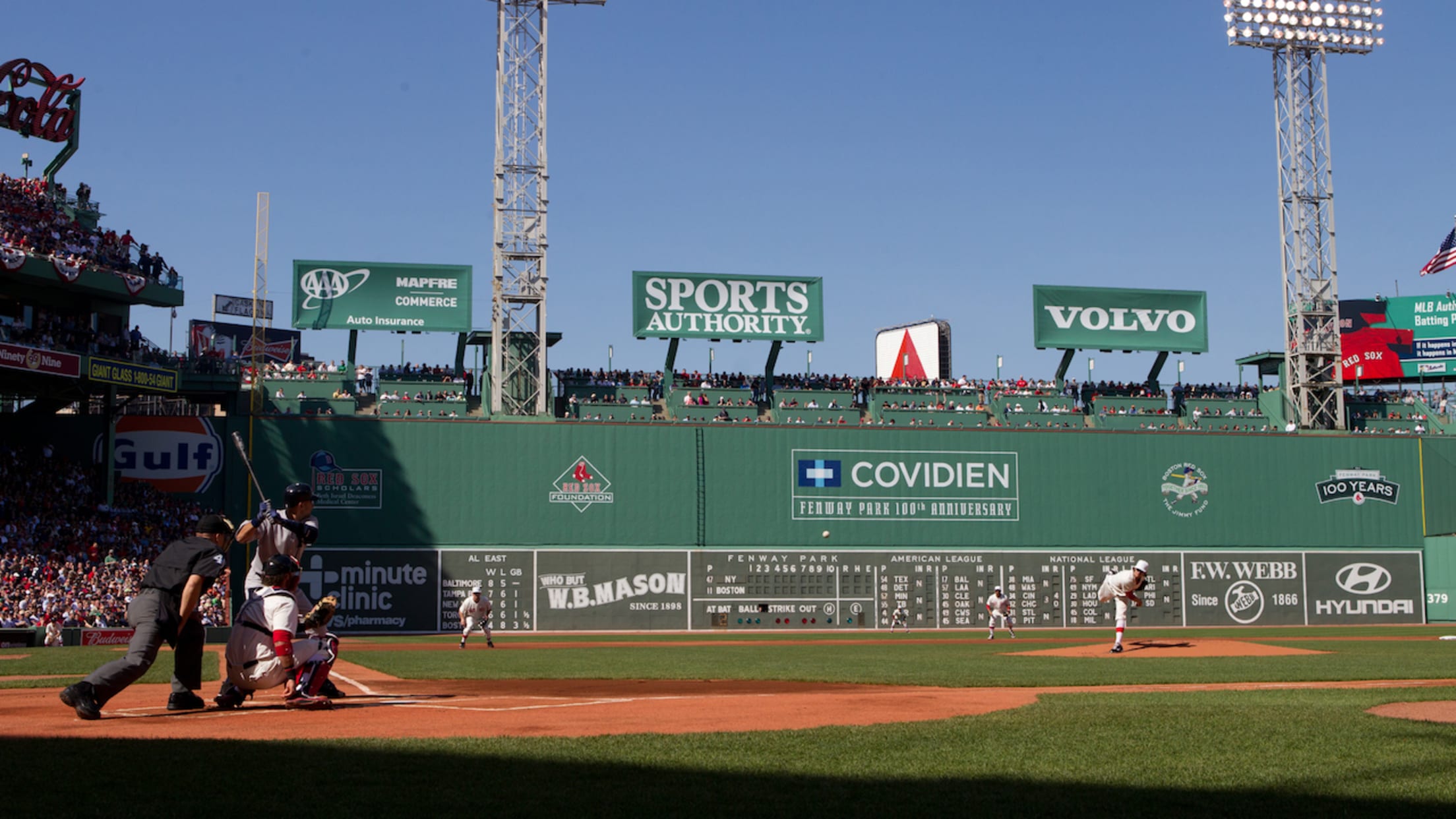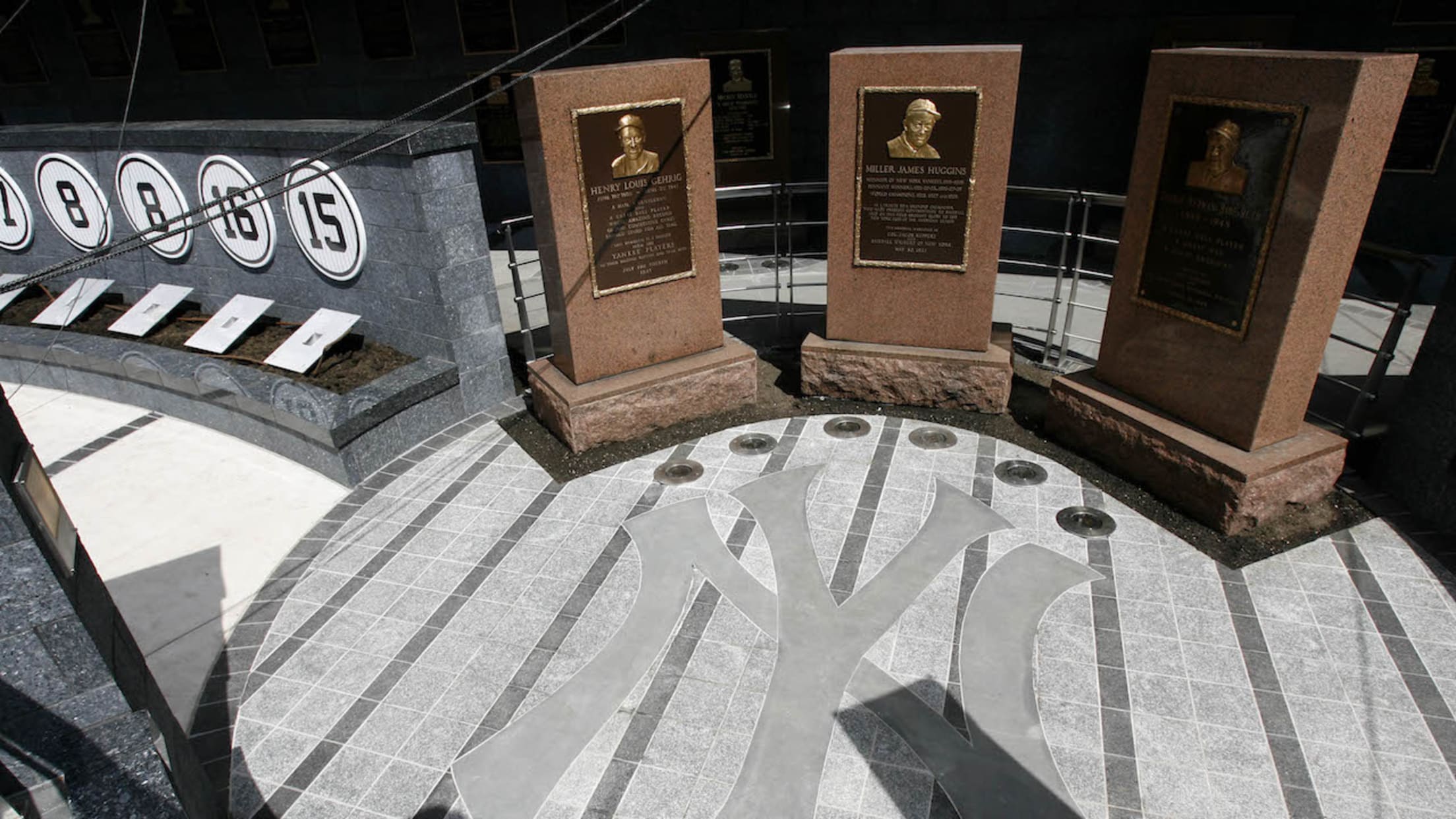Why are Wrigley Field's outfield walls covered in ivy?

Ivy has adorned the outfield walls at Wrigley Field for so long that it's basically impossible to imagine baseball without it. It just feels right, both a foundational part of the game's lore and the living embodiment of what makes it so unique. "This place is different," it beckons. "This isn't just a place where baseball is played. This is a place of unpredictable wonder, a place to escape the world right around the corner."
All of which masks the fact that, objectively speaking, that ivy is super weird. It's a plant! Wrapped around brick! In play at a professional sports stadium! And, for some reason, we all just accept that it's there, no further questions -- until now. Just when did Wrigley get its signature flora? Who's responsible? What were they thinking? Let's go down this rabbit hole together.

Our story begins, as nearly every bizarre tale of ballpark innovation must, with Bill Veeck. Before he brought the fan-manager to St. Louis; before he brought movable fences to Cleveland; before he brought Harry Caray's rendition of "Take Me Out to the Ballgame" to the world; Veeck began his career in baseball with the Cubs, where his father, Bill Sr., served as team president until his death in 1933.
The younger Veeck got started as a gofer, but it wasn't long until he'd earned the ear of owner Phil Wrigley. He became essentially a roaming fan ambassador, often strolling through the stands, taking suggestions from fans on how to improve the ballpark experience. His main job, though, was to help implement an ambitious Wrigley marketing scheme -- one that imagined the Friendly Confines as a place not just for those who wanted to watch a game, but for those who wanted to soak up the very essence of summer.
"LOOK AHEAD TO SUNSHINE-RECREATION-HAPPY HOURS WITH THE CUBS AT WRIGLEY FIELD NEXT SUMMER," read the tagline on an ad that the Cubs took out three times a week in every major Chicago newspaper during the winter of 1934. And really, what better way to drive that message home than to turn Wrigley Field from a ballpark into an actual park?
The renovation began at the start of the 1937 season, with the hope that the perennially competitive Cubs would host the World Series that fall The team installed a sparkling new scoreboard, then ripped out the old outfield bleachers and replaced them with a more comfortable version that practically begged fans to come bask in the sun. The boldest idea, though, was all Veeck: He'd seen ivy-covered walls at multiple Minor League ballparks (including Wrigley Field's namesake in L.A.) and thought it was the perfect expression of Wrigley's vision.
Legend (and Veeck's autobiography) has it that Veeck and his grounds superintendent led a covert nighttime planting prior to the final series of the season, but alas, that's a myth. What is true is that the ivy -- originally English ivy, now Boston ivy -- was an immediate hit, and it wasn't long before it had spread over every inch of Wrigley's brick outfield walls ... where it continues to mystify us today.







